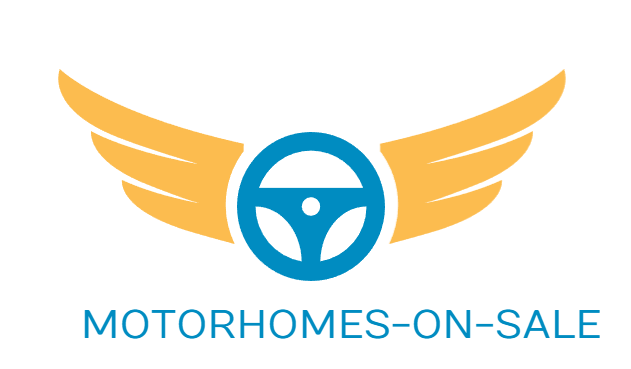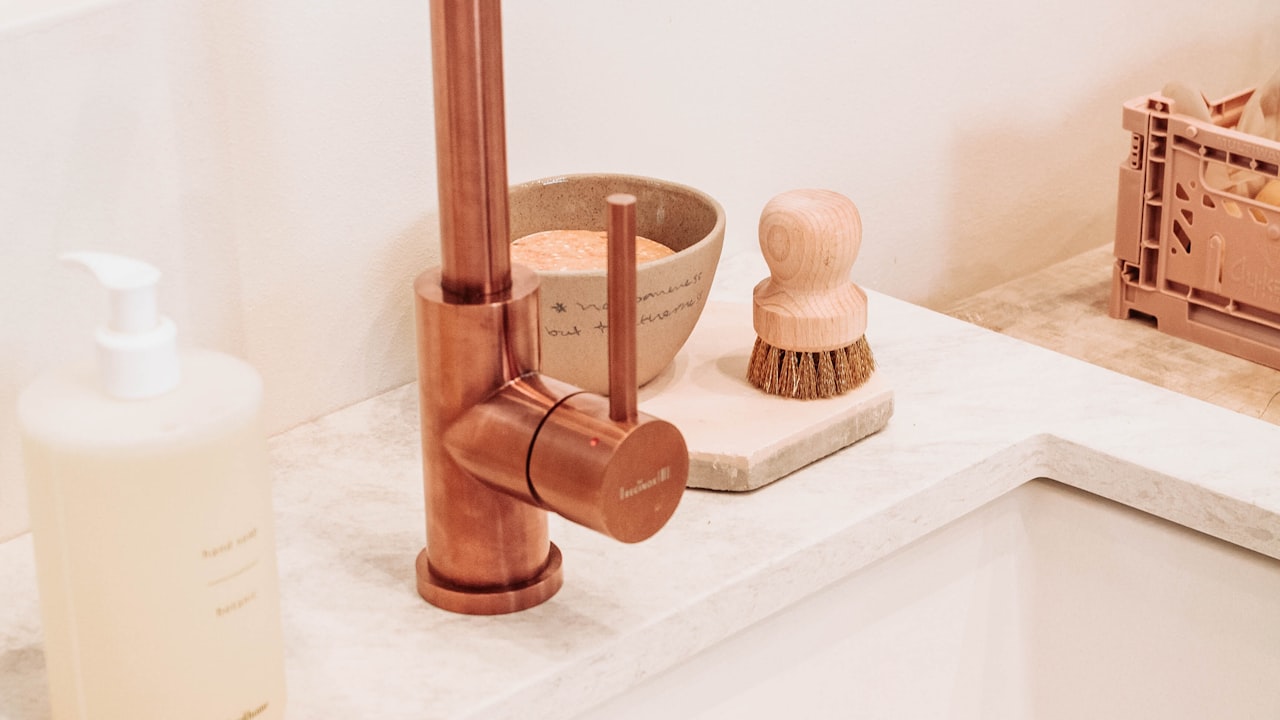Pressure washers use high-pressure water to clean many different types of surfaces, including wood. The trick is to use the right pressure and nozzle for the type of wood you are cleaning, and wait for the results. Using too much pressure can cause damage to the wood surface, but using too little can result in problems as well.
Pressure washers work by forcing a large amount of water through a small opening at a high rate of speed. This creates a high-pressure stream of water that cleans surfaces very effectively, usually without any chemicals at all. There are several different types of nozzles available for pressure washers, and each will have a different effect on your cleaning project. Most nozzles come in three basic designs: pencil point, fan and turbo nozzles. Each has its own purpose when it comes to cleaning different surfaces.
How to Pressure Wash a Wood Surfaces
Pressure-washing your home or deck with untreated wood can be tricky. You need to be careful not to damage the wood, and you should also avoid using a pressure washer if it's been raining.
To clean untreated wood with a pressure washer, first rinse the surface with a low-pressure setting. Then, go over it again with a more powerful setting. If there are stubborn stains on the wood, spray them directly with a cleaner and then power wash the area. Make sure to remove any plants that are touching the wood before you start cleaning so they don't get damaged!
Here are some tips that will help you avoid damaging your wood while pressure-washing it.
Make sure that your wood is sealed properly before you start pressure washing. If it's not sealed properly, then the water will get into the wood and cause problems with the finish on the exterior of your house or decking area. This can be especially problematic for older homes with older decks and patios.
Don't use high water pressure when using a pressure washer on untreated wood because it could cause damage to the surface of the wood. Use a lower setting instead so that you don't damage the structure of the wood itself.
When using a power washer on untreated wood, make sure that you don't get any water on yourself or other people who might be in proximity of the work area during cleaning time. It can be dangerous especially if there are children around.
Ensure that the area that you're going to be cleaning is safe. Remove loose debris and items.
Move any objects on or near the surface that you're cleaning. This includes children or pets, who should be kept away from any water spray or mist.
Wear sturdy shoes, long pants, safety glasses and work gloves at all times while using a pressure washer.
Connect your pressure washer hose
Connecting a garden hose to your pressure washer is not difficult. The first step is choosing a hose with enough length for the size of your project; if you don't have one already, consider buying one at your local hardware store.
Attach the garden hose to the faucet in the same way you would attach it to a sprinkler: screw on tightly until it is secure. And you will be ready to clean following the guide above from the Giraffetools collections.


